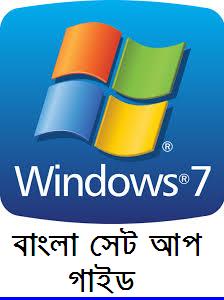Lesson 3 : Monitor
3.1. Learning ObjectivesOn completion of this lesson you will be able to describe:
Working principle of display monitors
Different types of monitor
Using television as a monitor.
Click here to download.
3.2. Working Principle
It is the most commonly used display device. The monitor utilizes a cathode ray tube (CRT). CRT monitors generally produce images by the raster-scan method. In this method, an electron beam varying in intensity is moved back and forth horizontally across the face of the monitor. As the beam is directed to each spot on the phosphor-coated screen, it illuminates the spot in proportion to the voltage applied to the beam. Each spot represents a picture element or pixel. When the electron beam has scanned the entire screens and illuminated each pixel. One can see a complete image. The image that can be seen is the one traced on the retinas of eyes by the light beam. However, this image will fade unless it is refreshed. Thus, the electron beam must scan the screen very rapidly (a minimum of 60 times per second), so that the intensity of the image remains approximately the same and the screen docs not appear to flicker.
The number of pixels that make up the screen determines the screen resolution of a particular monitor. Monitors are currently available with 64,000 to more than 2 million pixels per screen. The greater the resolution of a monitor the greater the storage demand on the computer. This is because the image must he stored in memory before it can he displayed. Two techniques used to store computer images are bit-mapped and character-addressable. In a bit-mapped display, each pixel is uniquely addressable.
Information must be stored for each pixel on the screen. This technique needs quite a large computer memory and provides the most detailed display. For graphical applications, such as CAD/CAM, this detail is essential. However, for applications such as word processing, addressable display is appropriate. In a character addressable display, the screen is divided into character positions. Only the characters to be displayed are stored in memory. As each character is retrieved from memory, it is converted into a pattern of dots or pixels by a special character generator module.







0 comments:
Post a Comment